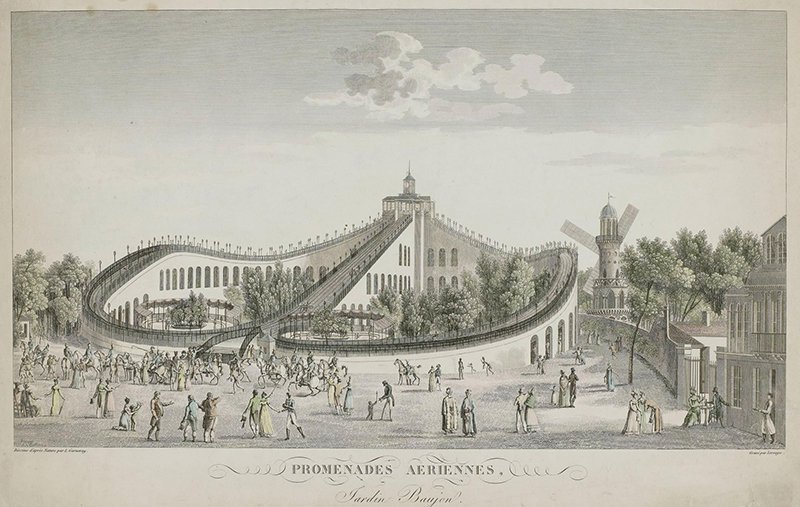I read a SUPER interesting article earlier this year called What Makes Things Cool by Derek Thompson about a man I’d never heard of, Raymond Loewy (1893-1986) and his ability to sell just about anything with a simple principle, MAYA. I decided to research him further.

Raymond Loewy was a French-born American industrial designer who achieved fame for the magnitude of his design efforts across a variety of industries. Known as the Father of industrial design, Loewy was recognized for this by Time magazine and featured on its cover on October 31, 1949.
The four-letter code to selling just about anything. MAYA stands for: “Most Advanced, Yet Acceptable” and is a principle that provides users with enough familiarity, tapping into a person’s present skill level with enough new features that are easy to adopt.
Raymond Loewy boarded the SS France in 1919 to sail across the Atlantic from his devastated continent to the United States several decades before he became the father of industrial design. His French army service ended and he’d lost his parents to influenza pandemic/ So, at the age of 25 he was looking for a fresh start as an electrical engineer in New York where his older brother Maximilian lived.
Maximilian picked him up in a taxi and they drove straight to 120 Broadway in Manhattan, the Equitable Life building which was one of New York City’s largest neoclassical skyscrapers, with two connected towers that ascended from a shared base like a giant tuning fork. Loewy rode the elevator to the observatory platform, 40 stories up, and looked out across the island.
“New York was throbbing at our feet in the crisp autumn light,” Loewy recalled in his 1951 memoir. “I was fascinated by the murmur of the great city.” But upon closer examination, he was crestfallen. In France, he had imagined an elegant, stylish place, filled with slender and simple shapes. The city that now unfurled beneath him, however, was a grungy product of the machine age—“bulky, noisy, and complicated. It was a disappointment.”
In the 20th century Loewy would do more than almost any single person to shape the aesthetic of American culture and world below would soon match his dreamy vision.
His firm would soon design mid-century icons like the Exxon logo, the US MAIL, Hoover, Shell, TWA, Nabisco, Canada Dry, Coca Cola, the Lucky Strike pack, the Greyhound bus, the International Harvester tractors that farmed the Great Plains, merchandise racks at Lucky Stores supermarkets that displayed produce, Frigidaire ovens that cooked meals, and Singer vacuum cleaners that ingested the crumbs of dinner. These are but a few of his logos and designs.
In 1958, acclaimed designer Raymond Loewy created new and unique shapes to add to the world-renowned range of Le Creuset cast iron cookware. Internationally famous for his designs on some of the most well-known consumer brands, Loewy’s skillet for Le Creuset is now recognized as an icon of mid-century design.
The famous blue nose of Air Force One? That was Loewy’s touch, too. After complaining to his friend, a White House aide, that the commander in chief’s airplane looked “gaudy,” he spent several hours on the floor of the Oval Office cutting up blue-colored paper shapes with President Kennedy before settling on the design that still adorns America’s best-known plane. “Loewy,” wrote Cosmopolitan magazine in 1950, “has probably affected the daily life of more Americans than any man of his time.” And Loewy’s Starliner Coupé from the early 1950s—nicknamed the “Loewy Coupé”—is still one of the most influential automotive designs of the 20th century.
But when he arrived in Manhattan, U.S. companies did not yet need his ideas because they had yet to embrace style and elegance. The capitalists of that era were shorter sighted and efficiency was their only goal. American factories with their electricity, assembly lines, and scientifically calibrated workflow were producing an unprecedented supply of cheap goods by the 1920s, and it became clear that factories could make more than consumers naturally wanted.
It took executives like Alfred Sloan, the CEO of General Motors, to see that by, say, changing a car’s style and color every year, consumers might be trained to crave new versions of the same product. To sell more stuff, American industrialists needed to work hand in hand with artists to make new products beautiful and appealing to consumers.
Loewy had an uncanny sense of how to make things fashionable. He believed that consumers are torn between two opposing forces: neophilia, a curiosity about new things; and neophobia, a fear of anything too new. As a result, they gravitate to products that are bold, but instantly comprehensible. Loewy called his grand theory “Most Advanced Yet Acceptable”—MAYA an acronym that many of us have always lived by, yet never heard of. He said to sell something surprising, make it familiar; and to sell something familiar, make it surprising.
One of the oldest and hardest to answer questions in both philosophical and aesthetics is – Why do people like what they like?
Mystic Ancient thinkers proposed that a “golden ratio” of about 1.62 to 1, as in, for instance, the dimensions of a rectangle—could explain the visual perfection of objects like sunflowers and Greek temples. Many other thinkers were deeply skeptical of this idea. David Hume, the 18th-century philosopher, considered the search for formulas to be absurd, because the perception of beauty was purely subjective, residing in individuals, not in the fabric of the universe. “To seek the real beauty, or real deformity,” he said, “is as fruitless an enquiry, as to pretend to ascertain the real sweet or real bitter.”
In the 1960s, the psychologist Robert Zajonc conducted a series of experiments where he showed subjects nonsense words, random shapes, and Chinese-like characters and asked them which they preferred. In study after study, people reliably gravitated toward the words and shapes they’d seen the most. Their preference was for familiarity so over time, science took up the study and this discovery was known as the “mere-exposure effect,” and it is one of the sturdiest findings in modern psychology. Hundreds of studies and meta-studies later, subjects around the world prefer familiar shapes, landscapes, consumer goods, songs, and human voices. People are even partial to the familiar version of the thing they should know best in the world: their own face. Because you and I are used to seeing our countenance in a mirror, studies show, we often prefer this reflection over the face we see in photographs. The preference for familiarity is so universal that some think it must be written into our genetic code. The evolutionary explanation for the mere-exposure effect would be simple: If you recognized an animal or plant, that meant it hadn’t killed you, at least not yet.
But the preference for familiarity does have limits. People do get tired of even their favorite songs and movies if they’re repeated too often. They develop deep skepticism about overfamiliar buzzwords.
The preference for familiar stimuli in mere-exposure studies is lessened or negated entirely when the participants realize they’re being repeatedly exposed to the same thing. For that reason, the power of familiarity seems to be strongest when a person isn’t expecting it, BUT the reverse is ALSO true.
A surprise seems to work best when it contains some element of familiarity. Consider the experience of Matt Ogle, who, for more than a decade, was obsessed with designing the perfect music-recommendation engine. His philosophy of music was that most people enjoy new songs, but they don’t enjoy the effort it takes to find them. When he joined Spotify, the music-streaming company, he helped build a product called Discover Weekly, a personalized list of 30 songs delivered every Monday to tens of million of users.
The original version of Discover Weekly was supposed to include only songs that users had never listened to before. But in its first internal test at Spotify, a bug in the algorithm let through songs that users had already heard. “Everyone reported it as a bug, and we fixed it so that every single song was totally new,” Ogle told me.
But after Ogle’s team fixed the bug, engagement with the playlist actually fell. “It turns out having a bit of familiarity bred trust, especially for first-time users,” he said. “If we make a new playlist for you and there’s not a single thing for you to hook onto or recognize—to go, ‘Oh yeah, that’s a good call!’—it’s completely intimidating and people don’t engage.” It turned out that the original bug was an essential feature: Discover Weekly was a more appealing product when it had even one familiar band or song.
Several years ago, Paul Hekkert, a professor of industrial design and psychology at Delft University of Technology, in the Netherlands, received a grant to develop a theory of aesthetics and taste. He believed humans seek familiarity, because it makes them feel safe, but on the other hand, people are charged by the thrill of a challenge. This battle between familiarity and discovery affects us “on every level,” according to Hekkert and not just our preferences for pictures and songs, but also our preferences for ideas and even people. When they began their research they weren’t even aware of Raymond Loewy’s theory. They were later told that their conclusions (MAYA) had already been “discovered” by a famous industrial designer.
Raymond Loewy’s aesthetic believed, “One should design for the advantage of the largest mass of people”. He understood that this meant designing with a sense of familiarity in mind.
In 1932, Loewy met for the first time with the president of the Pennsylvania Railroad. Locomotive design at the time hadn’t advanced much beyond the basic Thomas the Tank Engine model with pronounced chimneys, round faces, and exposed wheels. Loewy imagined something far sleeker—a single smooth shell, the shape of a bullet. His first designs met with considerable skepticism, but Loewy was undaunted. “I knew it would never be considered,” he later wrote of his bold proposal, “but repeated exposure of railroad people to this kind of advanced, unexpected stuff had a beneficial effect. It gradually conditioned them to accept more progressive designs.”
To acquaint himself with the deficiencies of Pennsylvania Railroad trains, Loewy traveled hundreds of miles on the speeding locomotives. He tested air turbulence with engineers and interviewed crew members about the shortage of toilets. A great industrial designer, it turns out, needs to be an anthropologist first and an artist second: Loewy studied how people lived and how machines worked, and then he offered new, beautiful designs that piggybacked on engineers’ tastes and consumers’ habits.
Soon after his first meeting with the president of the Pennsylvania Railroad, Loewy helped the company design the GG-1, an electric locomotive covered in a single welded-steel plate. Loewy’s suggestion to cover the chassis in a seamless metallic coat was revolutionary in the 1930s. But he eventually persuaded executives to accept his lean and aerodynamic vision, which soon became the standard design of modern trains. What was once radical had become maya, and what was once maya has today become the unremarkable standard.
But, could Loewy’s MAYA theory double as cultural criticism? Have some things become too familiar? Loewy’s theory applies to many a field, including the entertainment industry, cultural arts and academia. Scientists and philosophers are exquisitely sensitive to the advantage of ideas that already enjoy broad familiarity.
In 2014, a team of researchers from Harvard University and Northeastern University wanted to know exactly what sorts of proposals were most likely to win funding from prestigious institutions such as the National Institutes of Health—safely familiar proposals, or extremely novel ones? They prepared about 150 research proposals and gave each one a novelty score. Then they recruited 142 world-class scientists to evaluate the projects.
The most-novel proposals got the worst ratings. Exceedingly familiar proposals fared a bit better, but they still received low scores. “Everyone dislikes novelty,” Karim Lakhani, a co-author, explained to me, and “experts tend to be overcritical of proposals in their own domain.” The highest evaluation scores went to submissions that were deemed slightly new. There is an “optimal newness” for ideas, Lakhani said—advanced yet acceptable.
This appetite for “optimal newness” applies to other industries, too. In Silicon Valley, where venture capitalists also sift through a surfeit of proposals, many new ideas are promoted as a fresh spin on familiar successes. The home-rental company Airbnb was once called “eBay for homes.” The on-demand car-service companies Uber and Lyft were once considered “Airbnb for cars.”
But the preference for “optimal newness” doesn’t apply just to academics and venture capitalists. According to Stanley Lieberson, a sociologist at Harvard, it’s a powerful force in the evolution of our own identities. And it ALL began with one man, Raymond Loewy.
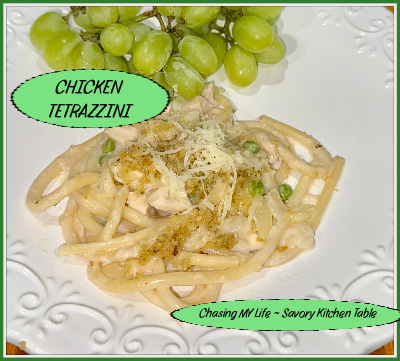













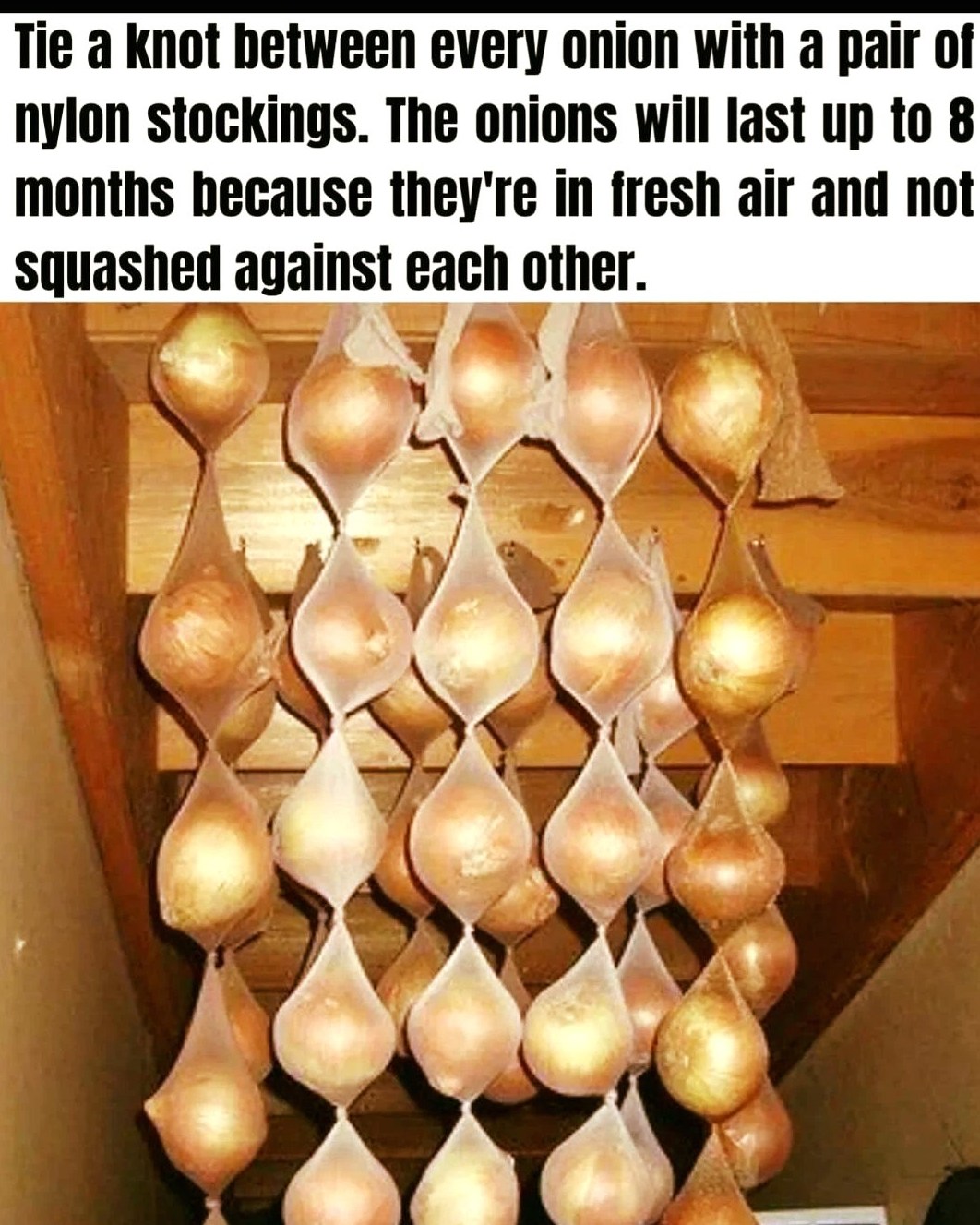
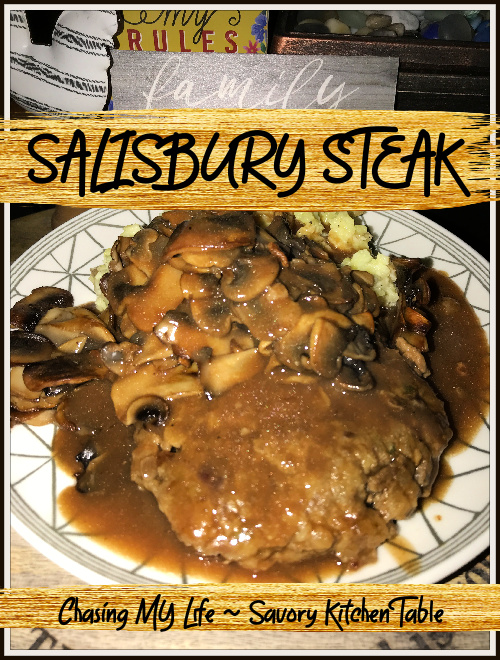









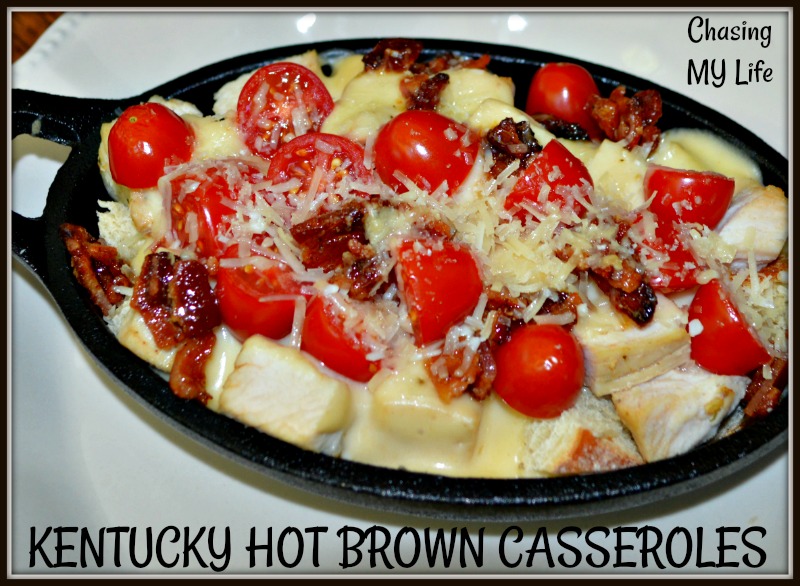






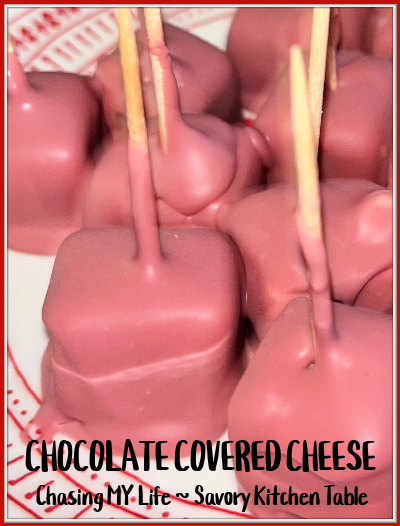
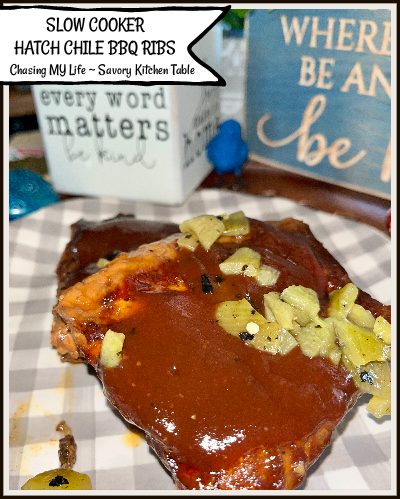
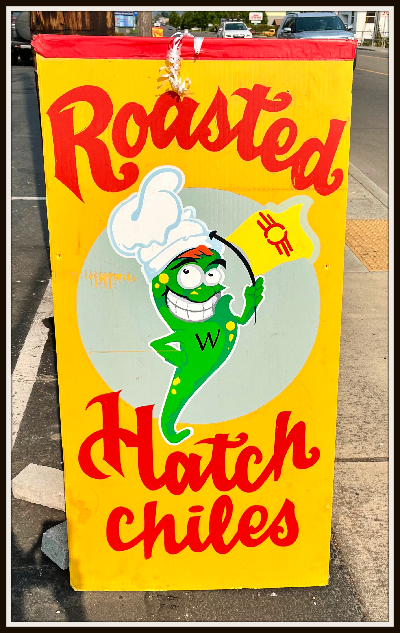




 Mount Pisgah with the Mauch Chunk and Summit Hill Switchback Railroad, 1846-47. Wikipedia
Mount Pisgah with the Mauch Chunk and Summit Hill Switchback Railroad, 1846-47. Wikipedia